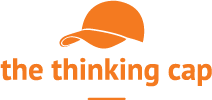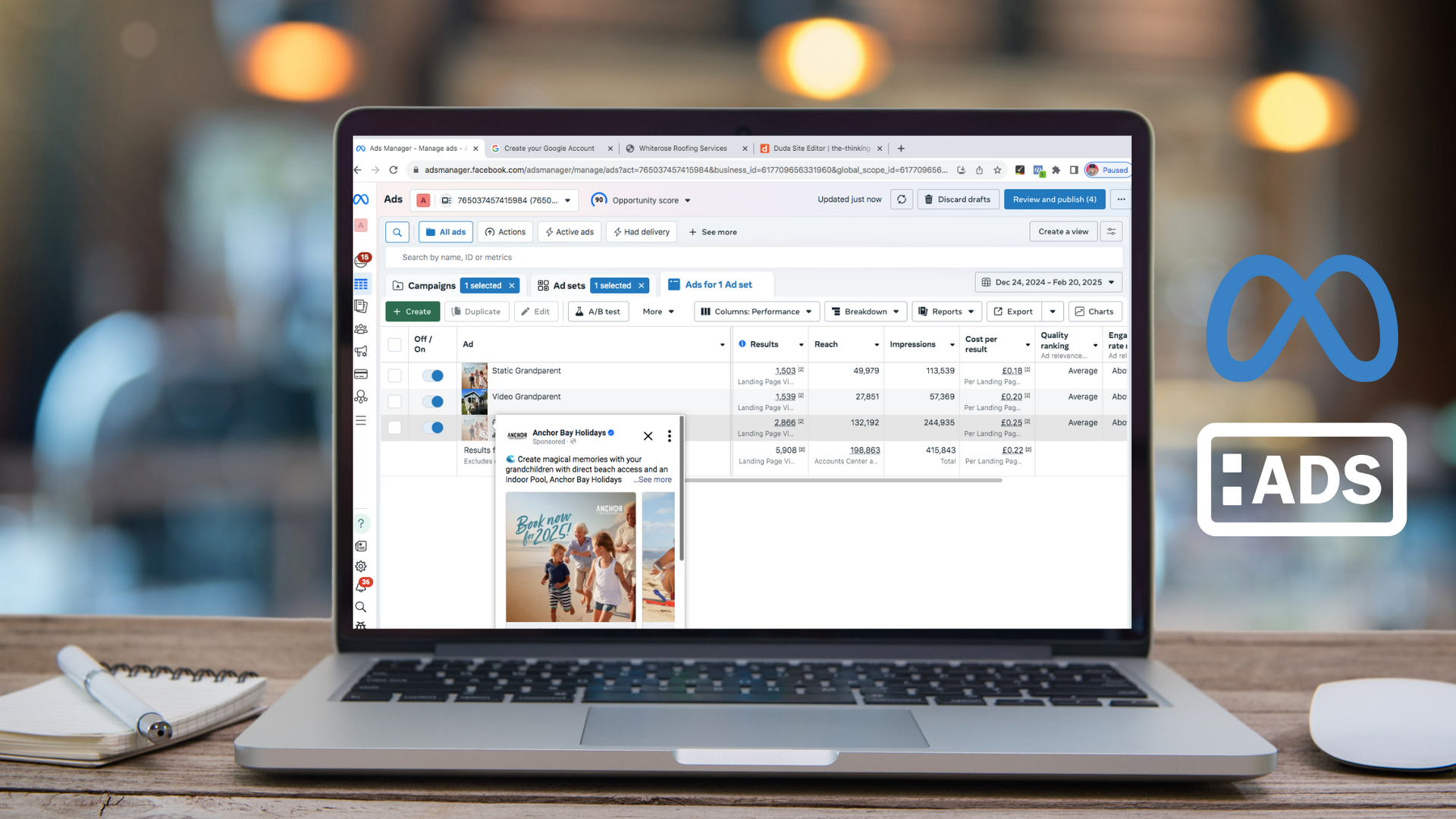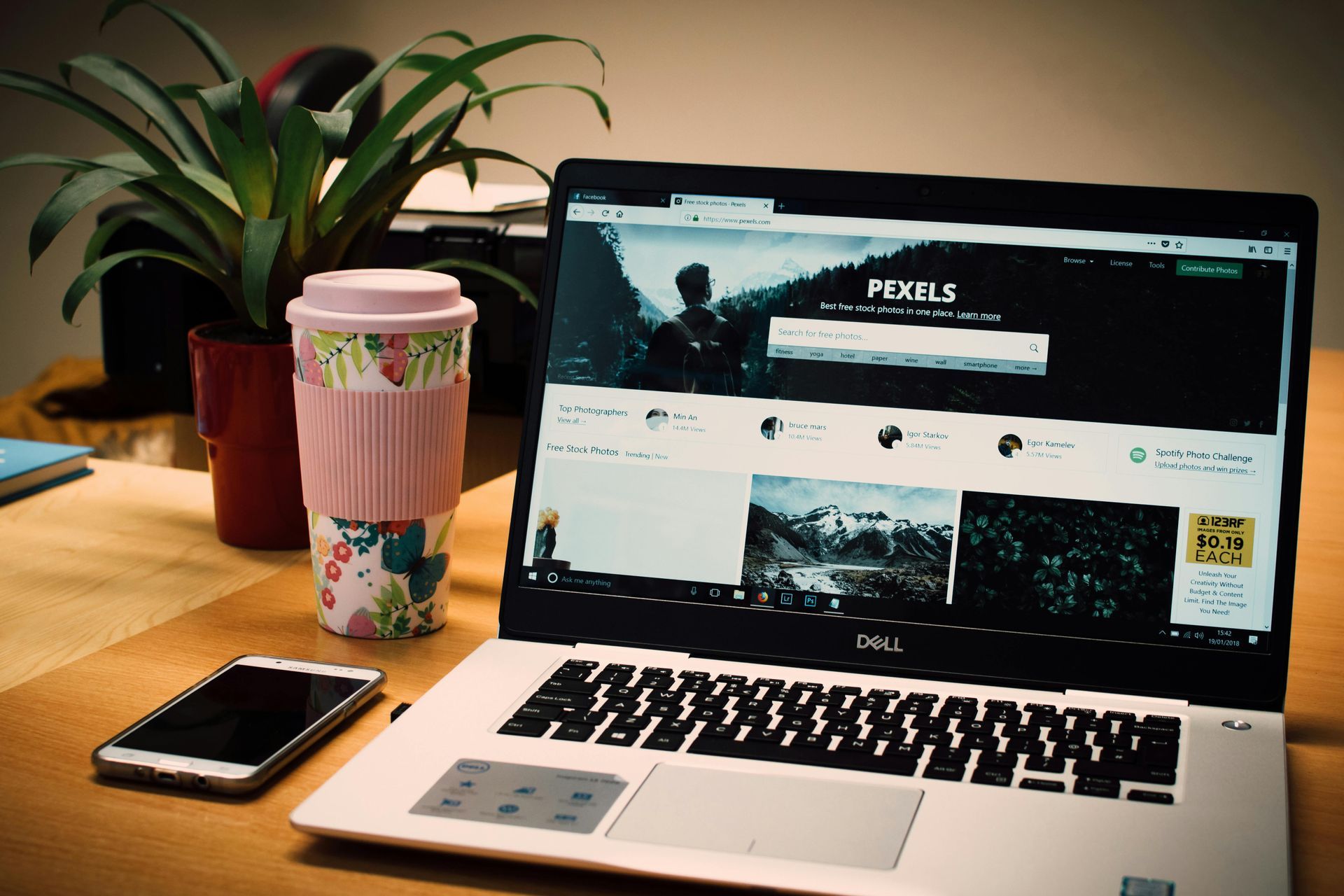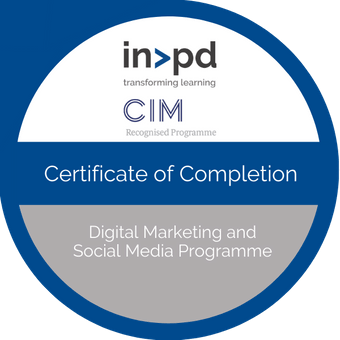Social media scheduling tools could be screwing up your engagement – here’s how to fix it
Social media scheduling tools could be screwing up your engagement – here’s how to fix it.
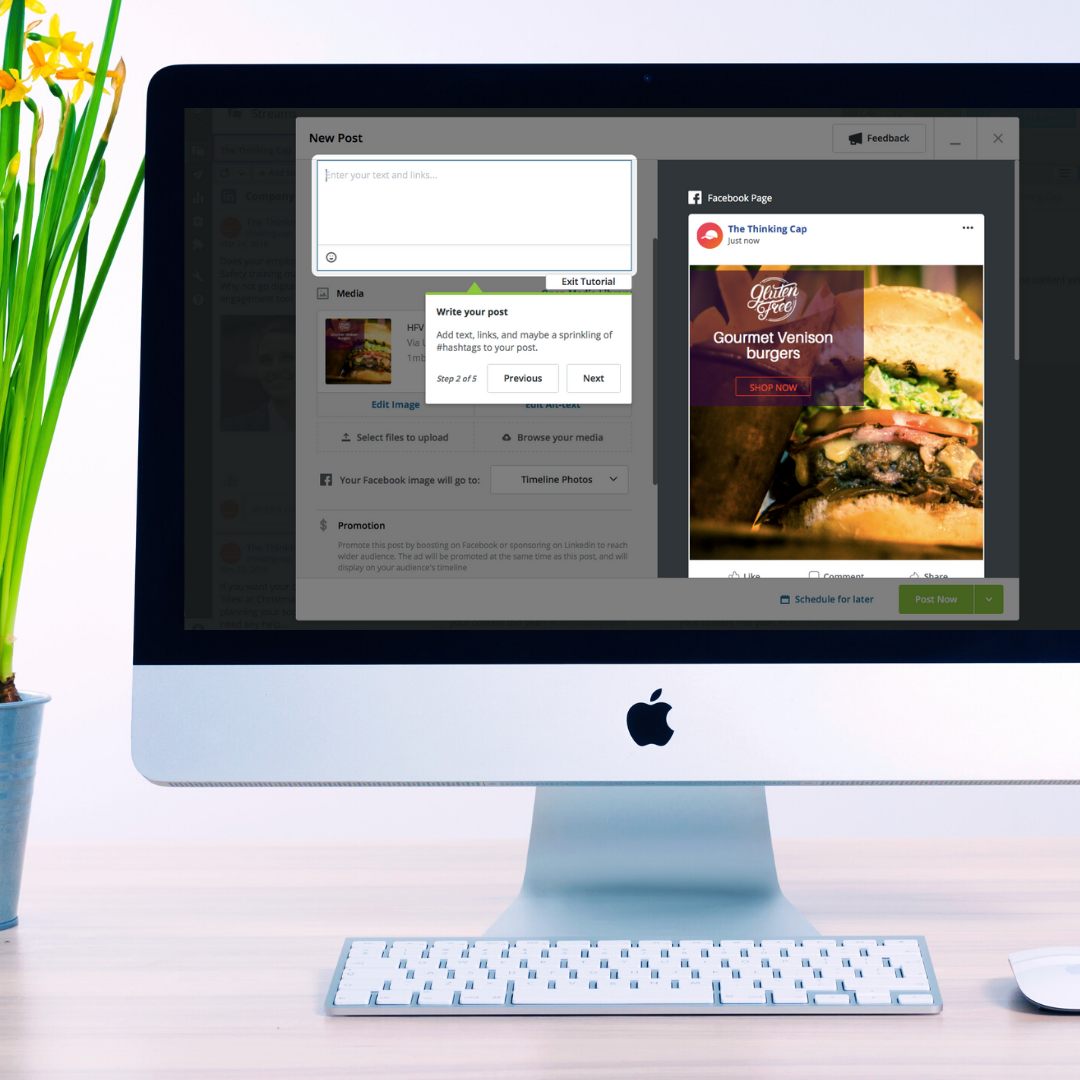
Have you been using third-party social media scheduling tools? Did you notice a drop in engagement? Has your audience growth ground to a halt? You’re not alone… using schedulers can screw up your organic reach.
At The Thinking Cap, we believe the negative impact of using social media scheduling tools far outweighs any positives. Let’s explain why in more detail and tell you how you can fix it.
Why social media scheduling tools are popular
It’s no secret that social media scheduling tools are seen as more convenient than posting every day.
There are many popular tools out there, such as Hootsuite, Buffer, CoSchedule, Planable, and Taplio. Used by many marketing teams and business owners alike, they’re sold with the premise of making your social media marketing easier.
When you batch create social media content and work to a social media calendar, having everything scheduled can be a weight off your shoulders.
The dark side of scheduling tools
In theory, social media scheduling tools save you time and make your marketing more efficient. But what people don’t often realise is the negative impact using schedulers can have on your results.
Third-party schedulers –
- Don’t offer the full posting options
- Remove the human touch
- Reduce social interaction
Limited content types through social media scheduling tools
Most third-party tools don’t offer the full range of content types. For example, LinkedIn does not currently support PDF uploads in scheduling tools. They also don’t allow you to post polls.
This could be having a big impact on the results of your content, as you’re not able to take advantage of the popular carousel post feature or ask your audience a question through a poll.
You also cannot post Instagram stories through a social media scheduling tool. Stories are a great way to show behind-the-scenes content and build a personal relationship with your followers.
Most tools also don’t allow you to tag others in posts, which is another a missed opportunity to increase your exposure.
Less engagement on your social media posts
Have you heard of the term ‘post and ghost’ on social media? It’s when someone shares a post but does not spend any time on the platform interacting with others. Every time you schedule a post using a third-party tool, the platform thinks you’re posting and ghosting.
Platforms like LinkedIn penalise users who don’t engage and interact with other connections. To be seen, you need to spend time on the platform commenting on other posts and sending messages to people.
Using a social media scheduling tool means you’ll be losing out on the human interaction before and after your post goes out. That not only makes you less visible in your connections’ news feeds, but it will reduce the amount of people LinkedIn shows your content to.
Humans crave personal interaction. It’s no different online as it is in-person. The law of reciprocity is a strong influential bias that affects most people, without them even realising. People naturally think if you do something nice for me, I’ll do something back.
That means when you comment and like other people’s social media posts, they’re much more likely to support you and your business. People give back when they’ve had interaction and support.
Social media is all about building the know, like, and trust factors. You can’t do that without starting conversations with potential prospects and showing up regularly.
Using social media scheduling tools removes the human element of your profiles and makes it feel like shouting into a void.

Less relevant content by scheduling too far ahead
Another potential downside of scheduling your posts too far ahead is you could have a lack of relevancy to industry news and updates. It’s great to have your social media content calendar planned, but by scheduling so far in advance you could forget to check how relevant the posts still feel.
You’re less likely to notice mistakes and spot new opportunities for live engagement when using social media scheduling tools.
A local marathon was once cancelled on the day yet at lunchtime, when it should have finished, many companies published congratulatory posts!!!!! They’d not unscheduled them and it really showed them up.
What to do instead of using social media scheduling tools
Instead of using third-party social media scheduling tools, here at The Thinking Cap we advocate for planning your content in advance and posting live each time.
You can prepare everything in advance, so each day all you have to do is copy and paste the content to your social media channels. Save everything from image uploads, hashtags, and links ahead of time.
To help your planning, we recommend you create an annual social media calendar and include relevant topical awareness days in the plan.
Then you can use a project management tool like Trello. If you haven’t used this before, here’s our guide on how to use Trello to up your social media game. Set your Trello board up with daily reminders, so you never forget to post!
Tips for making the most of your social media content
Building brand awareness through social media content is more than simply posting good content. When people see you interacting more often, they will begin to trust you and recognise your name.
The time saved using scheduling tools could be beneficial, but is it worth losing out on building an engaged audience? We don’t think so…
On platforms such as LinkedIn and Instagram, it’s worth spending 10-15 minutes engaging in your feed before posting your pre-planned content. It will help you to build genuine relationships with your connections and increase your visibility.
Does social media overwhelm you? Need help making the most of your online audience? Get your FREE social media audit to learn what you could be doing better. It will help you to spot new opportunities for growth.
Hit the ground running in the New Year by planning your social media content for 2023 now.
Let’s kick social media scheduling tools to the dirt and start smashing your content goals together. Get in touch if you need tailored help maximising your social media results or 121 support on creating your content plan.
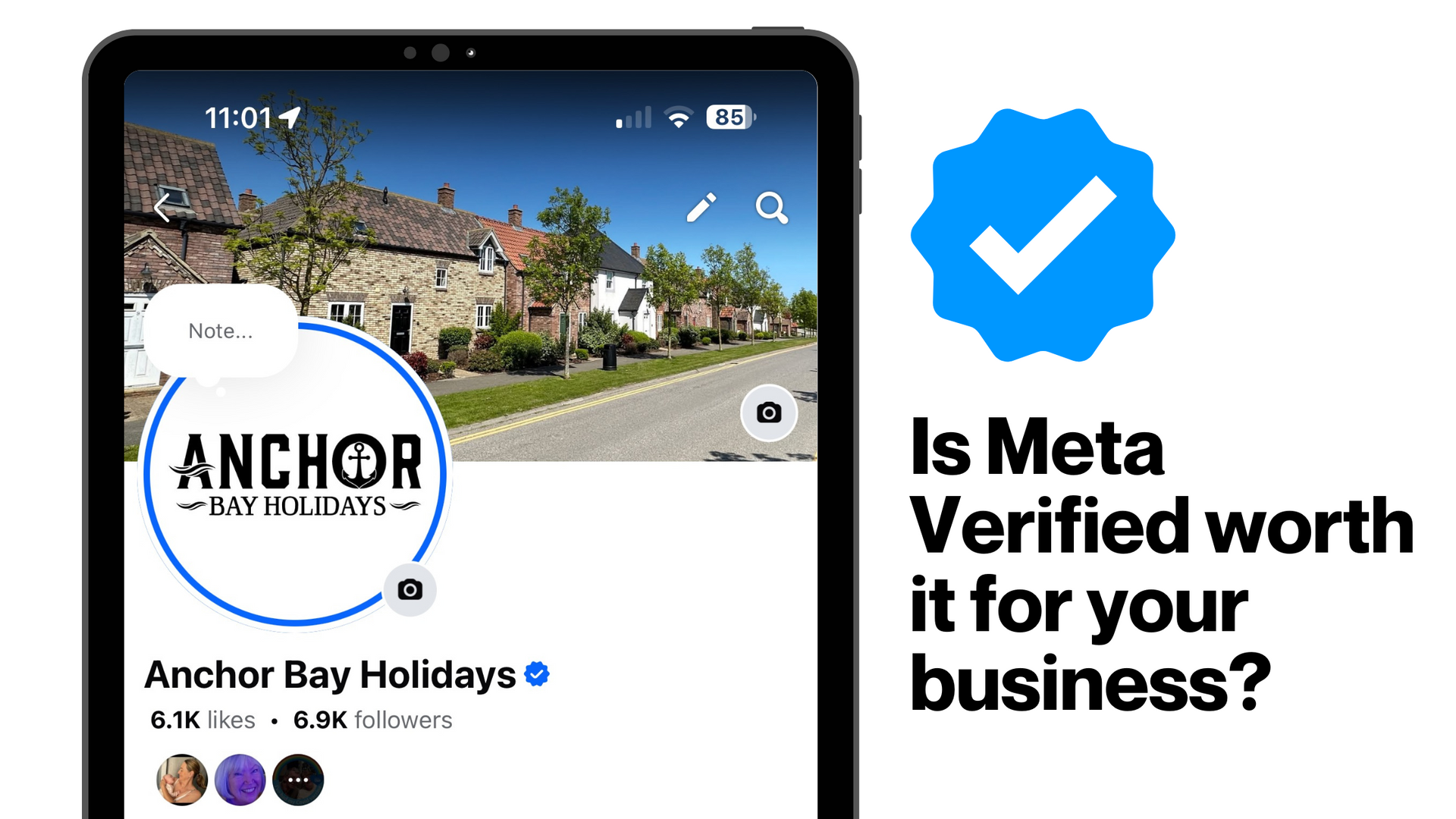
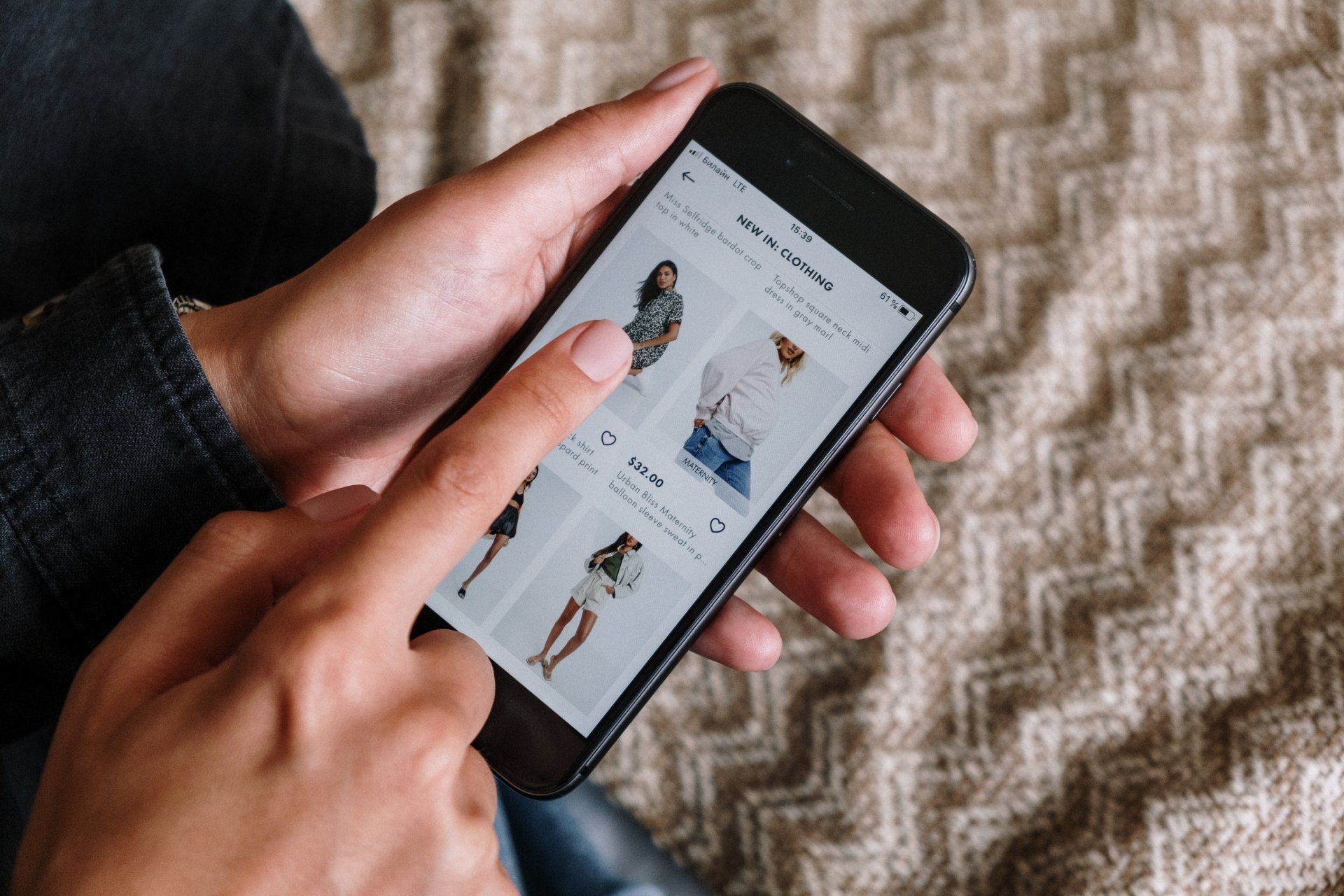

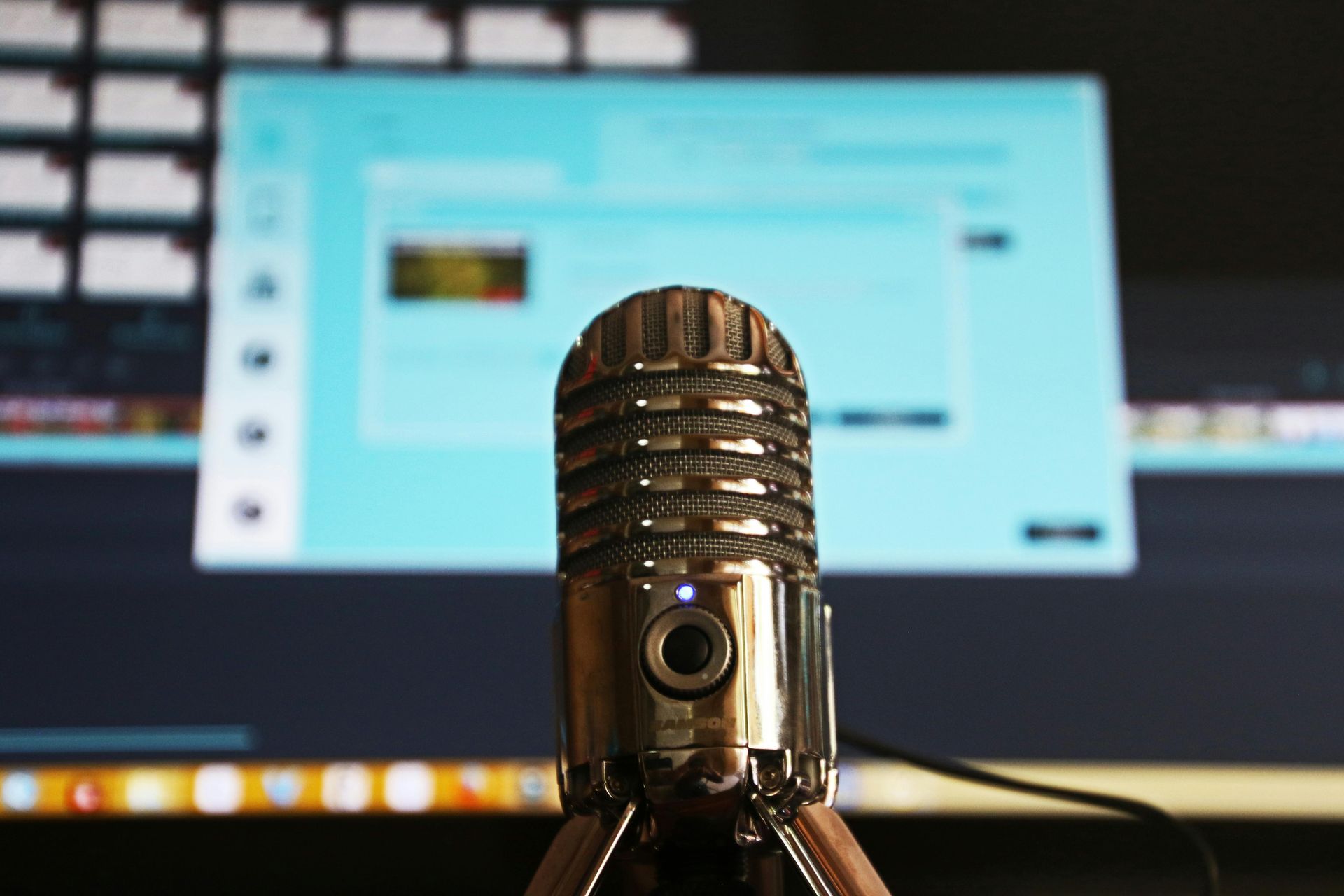
How you can effectively use LinkedIn for free to boost your marketing and grow your podcast audience

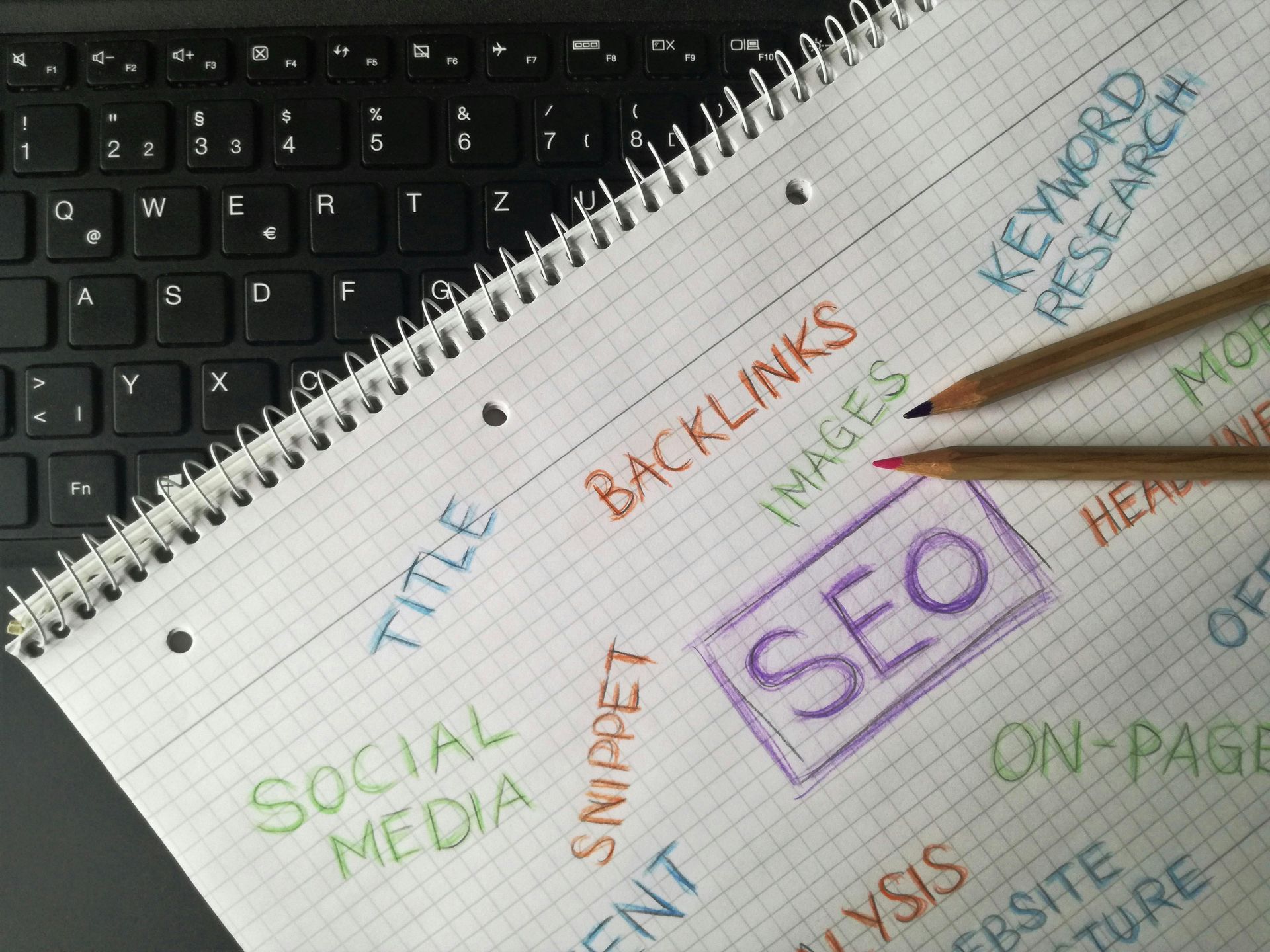
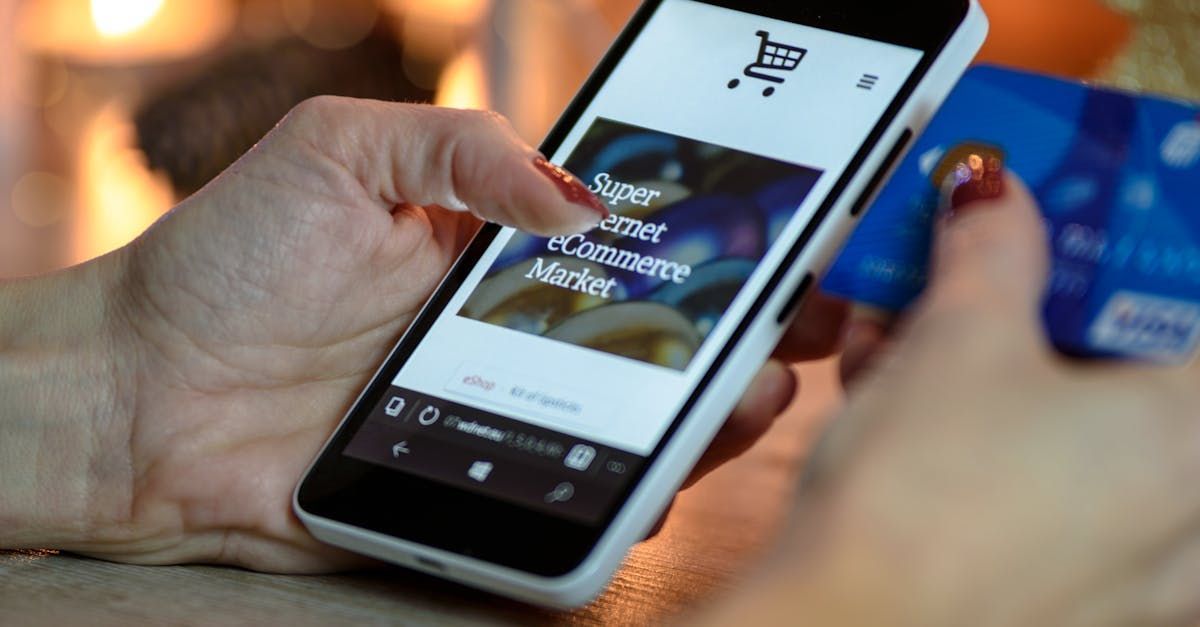

I hope you enjoyed reading this blog post.
If you’d like further help, let’s jump on a call and have a chat.
